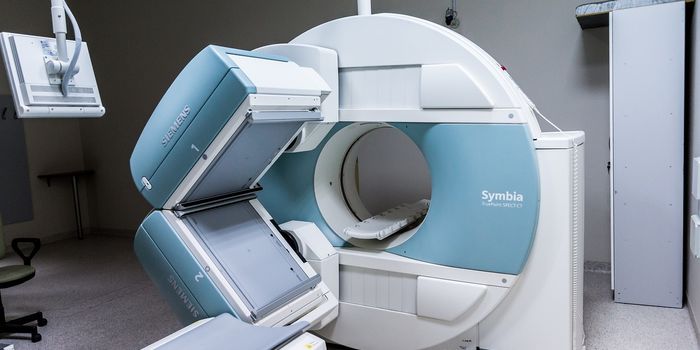Seeing if Hormone Therapy Will Work for Breast Cancer Patients
Only around half of the women diagnosed with breast cancer will benefit from hormonal therapy, a cancer treatment that adds, blocks, or removes specific hormones to stall the growth and spread of breast cancer cells. The women who respond to these therapies are hormone receptor-positive, meaning that the breast tumor cells carry functional receptors for estrogen or progesterone or both.
The problem is that until now, there is no simple and reliable way to determine whether a patient falls into the responder or non-responder category.
“If breast cancer in a patient is estrogen receptor-positive, doctors will usually recommend hormone therapy even though they know it will only work for slightly more than half the patients,” explained radiology expert Farrokh Dehdashti from Washington University in St. Louis.
“When hormone therapy works, it’s typically quite effective, and it has milder side effects than some other therapies, and that’s why oncologists and patients want to try it first. But we need to narrow down who is likely to benefit, and there really hasn’t been a reliable test to accomplish that.”
Dehdashti and colleagues have published a study in Nature Communications that describes a novel imaging procedure that could soon allow health care professionals to “see” whether a patient would stand to benefit from hormone therapy.
The test leverages a unique relationship between the estrogen and progesterone receptors. If the estrogen receptors are active, once stimulated, they trigger the breast cancer cell to react by increasing the number of progesterone receptors on the cell surface.
The team collaborated with chemist John Katzenellenbogen from the University of Illinois, who created an imaging agent that can quantify how many progesterone receptors are being expressed on the breast tumor. This agent, called 21-[18F] fluorofuranylnorprogesterone (FFNP), latches on to the progesterone receptor and can be imaged using a positron emission tomography (PET) scanner.
This newly-developed imaging technology was validated in a cohort of breast cancer and demonstrated that the technique could be used to predict which of them would respond to hormone therapy accurately.
“We observed 100% agreement between the response to estrogen challenge and the response to hormone therapy, even though the participants were on a variety of treatment regimens,” said Dehdashti.
“This method should work for any therapy that depends on a functional estrogen receptor, and it could provide valuable information to oncologists deciding how best to treat their patients.”
Sources: Nature Communications, Washington University in St. Louis.









